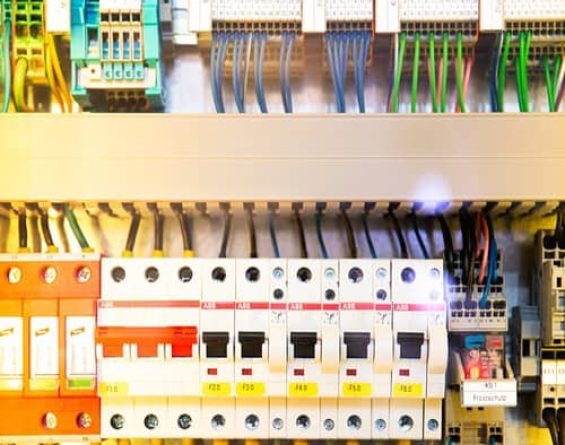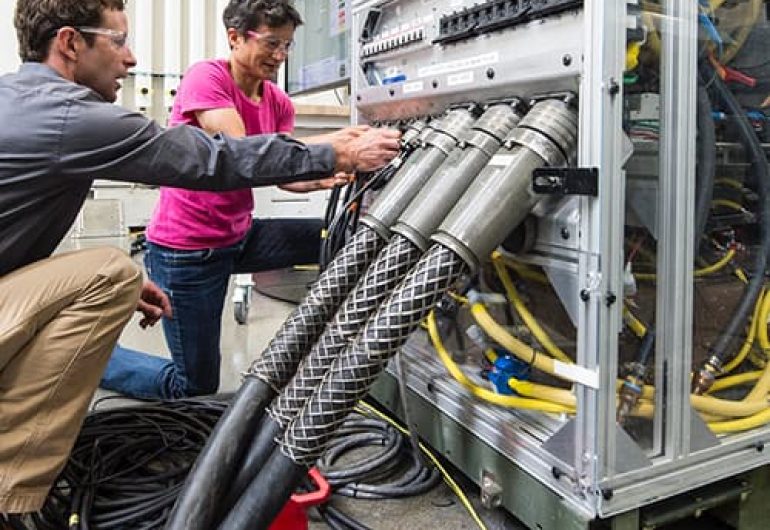Farewell & Goodbye: Lessons Learned Over a Lifetime of Cost Estimating
June 30, 2025

By Deborah Schouten, P.E.
With the world climate changing and codes being written requiring emergency generators, they are becoming more common.
For many facility engineers, the installation of a generator is a complicated exercise. But knowing what you’re doing before you get started makes the process easier, and likely less expensive.
Here are some basic steps to work through in determining whether you need an outdoor or indoor generator.
First, basic information for a generator design can be found in the National Fire Protection Association’s (NFPA) documents #70 National Electric Code, Articles 700/701/702 and #110 Emergency and Standby Power Systems (both of which are normally adopted by state law) and the specification normally numbered #263213 Generators. Local codes and standards should also be researched.
The next step is to start with the basic questions, which means doing a lot of identifying of things related to the generator such as its voltage. Is it a wye or delta configuration? What is the kVA load size? What type of fuel will be used? The fuel is usually diesel but can be natural gas. What is the generator’s application? What is the altitude of the site and the seismic zone of the facility? What is the type of vibration isolation/mounting system?
If your generator is indoors and new or a replacement, there are issues that must be taken into consideration such as the removal of the generator/day tank/fuel pump/fresh air grill mounted in the wall/dampers, and the location and size of the outdoor fuel tank/concrete pad and indoor day tank/concrete pad. Also consider:
• What material will be used and what the routing of the fuel line from the outdoor fuel tank to the indoor day tank will be, and day tank to the generator.
• The size and capacity of the transfer pump from the outdoor fuel tank to indoor day tank, and from the day tank to the generator.
• The placement of the fresh air grill with electrical motor-operated dampers and radiator grill
• A heater for the outdoor fuel tank, the indoor day tank, and the radiator/oil heater for the indoor generator.
It is rare that a replacement generator will be the same size as the new generator. In fact, it will probably be larger and require that everything change from the original indoor installation, including the placement of panel boards and control interface.
If your generator is outdoors, things are simpler.
A contractor can supply a generator in its own outdoor enclosure and belly day tank that can be sized so that there is no need for an outdoor fuel tank.
The outdoor design just requires abandoning the indoor location and removing the generator equipment, removing the grill to the outdoors and repairing the wall where it was located, installing a concrete pad, and running the conduit and wire from the generator underground or overhead to the building. Reuse the existing electrical panels and provide power to the generator for its enclosure/oil heaters, enclosure and pad lighting, and receptacles.
Remember that for replacement generators, temporary mobile generators will be needed to power the life safety and critical loads while the old generator is removed, and the new generator is installed. Also, provide suggested locations for the temporary mobile generators considering how they will tie into the panels that must be kept powered and locate wall penetration points and routing of cables into the building.
Through the facility contact, the contractor must coordinate the impact on the facility during demolition and construction, especially during power downtimes.
In conclusion, designing for an outdoor generator installation will be easier and mostly likely cheaper.


